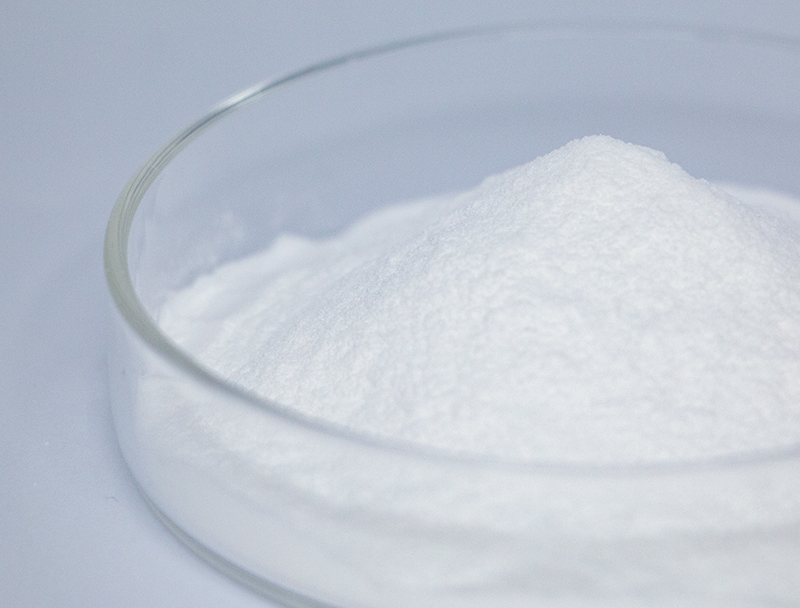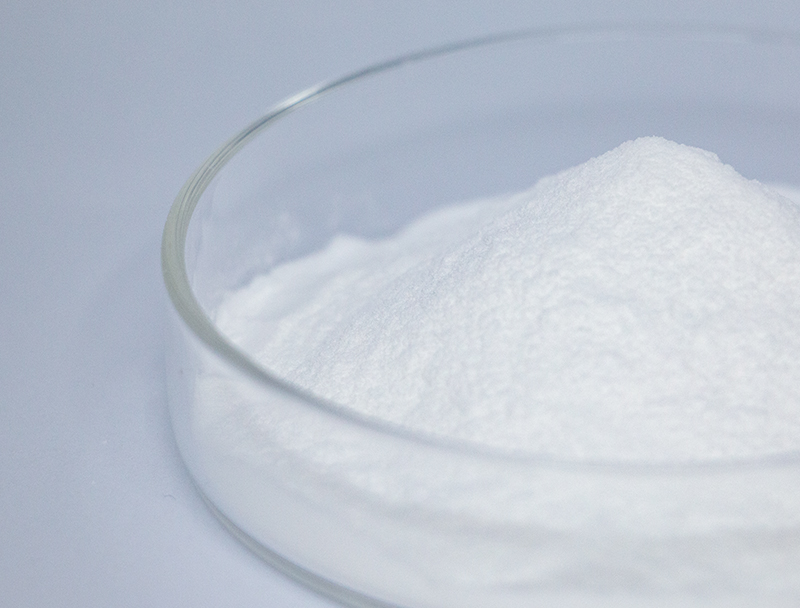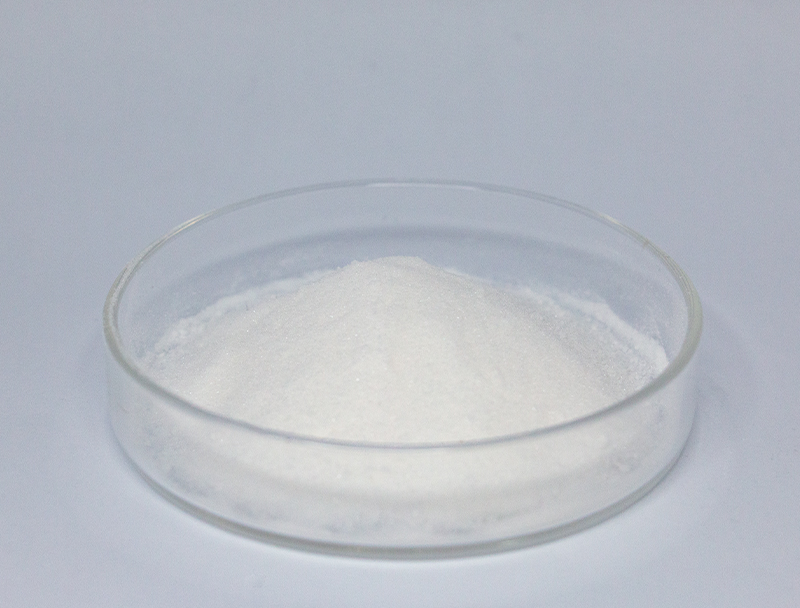
Cell-based production leans heavily upon a plentiful suite of starting materials for generating cutting-edge biobased goods.
Ensuring sustainably sourced materials underpins enduring viability and ethical market growth.
many concerns related to standard raw input procurement for example habitat harm and overextraction of resources. Therefore, biomanufacturing companies must actively seek out alternative sourcing strategies to minimize their ecological footprint.
- Cases of responsible feedstock strategies feature:
- Using repurposed agricultural residues as substrates
- Installing reclamation workflows to diminish waste and heighten recovery
- Forging alliances with neighborhood suppliers supporting green sourcing
Transitioning to green supply models secures ecological benefits and economic upside.
Enhancing Biomass Composition for Superior Biofuel Results
Enhancing biofuel output is grounded in superior feedstock characteristics. Researchers repeatedly investigate innovative methods to enhance feedstock potential, resulting in superior production volumes and sustainable energy gains. Strategies feature genetic optimization to raise biomass yield plus pretreatment to depolymerize plant polymers into sugars.
- Also, studies emphasize discovering resources such as seaweed, organic waste, and residual straw to diversify sustainable feedstock supplies for fuels.
- Via sustained research the industry stands ready to accomplish considerable improvements that enable a greener energy transition.

Biopharmaceutical Production: Innovations in Upstream Processes
represents the initial stages of biopharmaceutical manufacturing, encompassing all steps from cell culture and cell harvesting Recent advances in this domain have led to improved production processes, ultimately increasing product yield.
Salient improvements involve specialized expression hosts, fine-tuned media strategies, and next-gen bioreactor concepts. Such breakthroughs boost efficiency and simultaneously reduce manufacturing costs and carbon burdens.
- In addition, momentum toward nonstop processing offers improved flexibility and optimized operational flow.
- Implementing cutting-edge manufacturing technologies will probably redefine workflows and accelerate innovation.

CRISPR and Beyond: Improving Biopharma Production
breakthroughs in precise gene modification systems have reshaped biopharma production. By precisely targeting genes within host organisms, researchers can enhance the yield of valuable therapeutic proteins. This approach holds immense potential for developing more efficient and affordable biopharmaceuticals to address a wide range of diseases.
Using Microbial Systems for Site-Specific Remediation
advanced microbe-driven remediation methods to treat contaminated sites sustainably. Microbial communities can biotransform hazardous materials into lower-risk substances. Using microbial biotechnology enables remediation strategies that balance effectiveness with ecological protection. Researchers screen diverse microbial taxa for metabolic pathways suited to remove heavy metals, pesticide residues, and hydrocarbon contamination.. These microbes operate in engineered systems or direct environmental applications to metabolize and remove contaminants.
Employing microbial strategies for remediation provides multiple benefits versus traditional techniques. This route is often more affordable and reduces the formation of toxic residues. Similarly, microbe-based remediation affords specificity that avoids extensive ecosystem disturbance. The field of microbial biotechnology continues to advance rapidly, with ongoing research focused on improving the efficiency and effectiveness of bioremediation strategies.
Computational Biology in Drug Discovery
Computational biology approaches are becoming vital across contemporary drug R&D. By leveraging complex datasets, bioinformatics expedites discovery and optimizes candidate safety and potency.
- Through mining large genomic, proteomic, and clinical repositories, informaticians reveal new targets and forecast drug behaviors.
- Also, in silico modeling of molecular interactions accelerates optimization toward more selective therapeutics.
- Ultimately, bioinformatics modernizes development workflows and expedites access to safe, beneficial medicines.
Cell Factory Optimization for Higher Bioproduct Output
uses diverse methods to increase biosynthesis of target bioproducts in organisms. Options include metabolic rerouting via gene edits, expression tuning through regulatory control, and incorporation of foreign enzymes to expand function.. By fine-tuning these processes, engineers can significantly increase the yield of desired bioproducts.
Such an integrated approach may disrupt diverse fields including therapeutics, crop science, and sustainable fuels.

Scaling Biopharma: Difficulties and Strategic Opportunities
Scaling up biopharmaceutical production presents both significant challenges and exciting opportunities. Sustaining uniform quality across expanded production capacity is a principal challenge. Meeting the need calls for dependable control systems, granular monitoring, and cutting-edge analytical methods.

A further difficulty lies in process complexity, with many interdependent production phases.. Translating lab methods into scalable operations needs heavy research and technology breakthroughs.. Nevertheless, the upside can be significant. Successful scaling up can lead to increased access of life-saving therapies, reduced production costs, and enhanced profitability.
Different initiatives are progressing to solve scale-up constraints. These include the development of new technologies for process optimization, advanced analytics for real-time monitoring and control, and innovative manufacturing strategies.
- Developmental projects contribute critically to scaling manufacturing competency.
- Regulators are reforming approval systems to facilitate adoption of advanced manufacturing and nurture innovation.
Charting Regulatory Pathways for Biologics to Safeguard Patients
Engineering biologic therapies includes robust governance to assure patient safety and measure effectiveness. Biologically based treatments require tailored oversight and production controls beyond those for typical medicines.
Authorities including the FDA and EMA implement guidelines and thresholds to assess and approve novel biologic products.
Thorough testing frameworks are compulsory during all stages of development including after market release.. The processes aim to expose NMN risks and ensure that treatments meet exacting safety benchmarks.
Additionally, regulators regularly update methods to match the pace of fast-moving biopharma innovations.. Efforts comprise integrating cutting-edge tools and easing development pathways while upholding patient safety.

Plant-Derived Feedstocks as a Route to Sustainable Bioplastics
Growing emphasis on eco-conscious materials catalyzes research into plant-based options. Plant-origin feedstocks converted into bioplastics create promising opportunities for eco-friendly materials. Materials such as starch from corn, cellulose pulp, and sugarcane biomass are convertible into biodegradable polymers that lower plastic waste concerns.
Likewise, some plant-derived plastics perform similarly to petroleum-based materials for a variety of uses.. Continuous R&D will drive plant biomass into scalable bioplastic manufacture and help establish closed-loop material systems.
Biotechnology's Impact on Global Health and Food Security
Advanced biotech approaches can reshape healthcare delivery and enhance agricultural resilience. By applying gene editing, synthetic biology constructs, and cellular therapies, scientists create tools to fight disease, raise yields, and boost nutrition.. Consider genetically enhanced crops that resist pests and environmental stresses to improve production and reduce pesticide reliance.. In addition, the field produces vaccines, treatments, and diagnostic tools that are central to fighting infections and improving health worldwide.. Continued scientific progress suggests biotechnology will increasingly underpin healthier, more sustainable societies worldwide.
